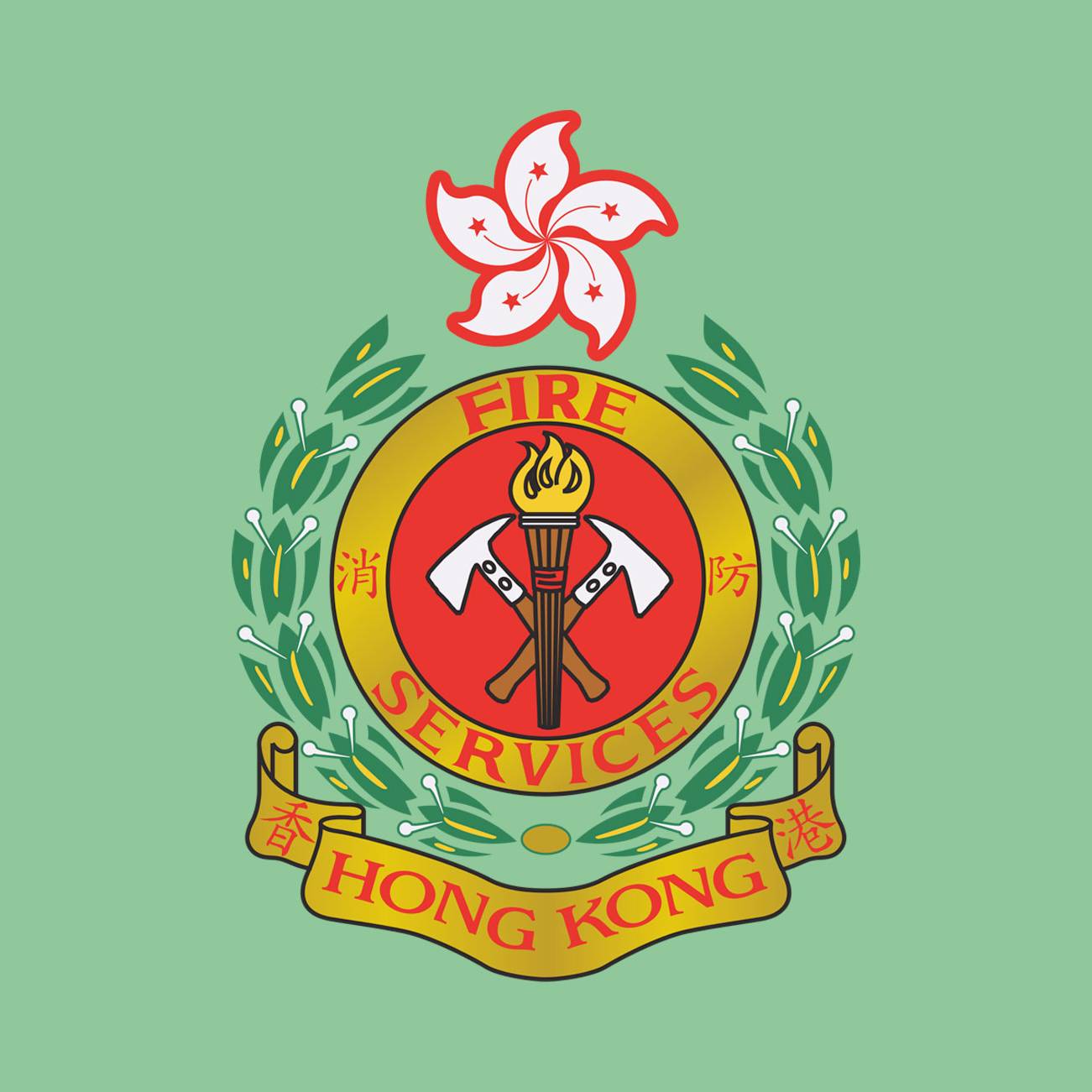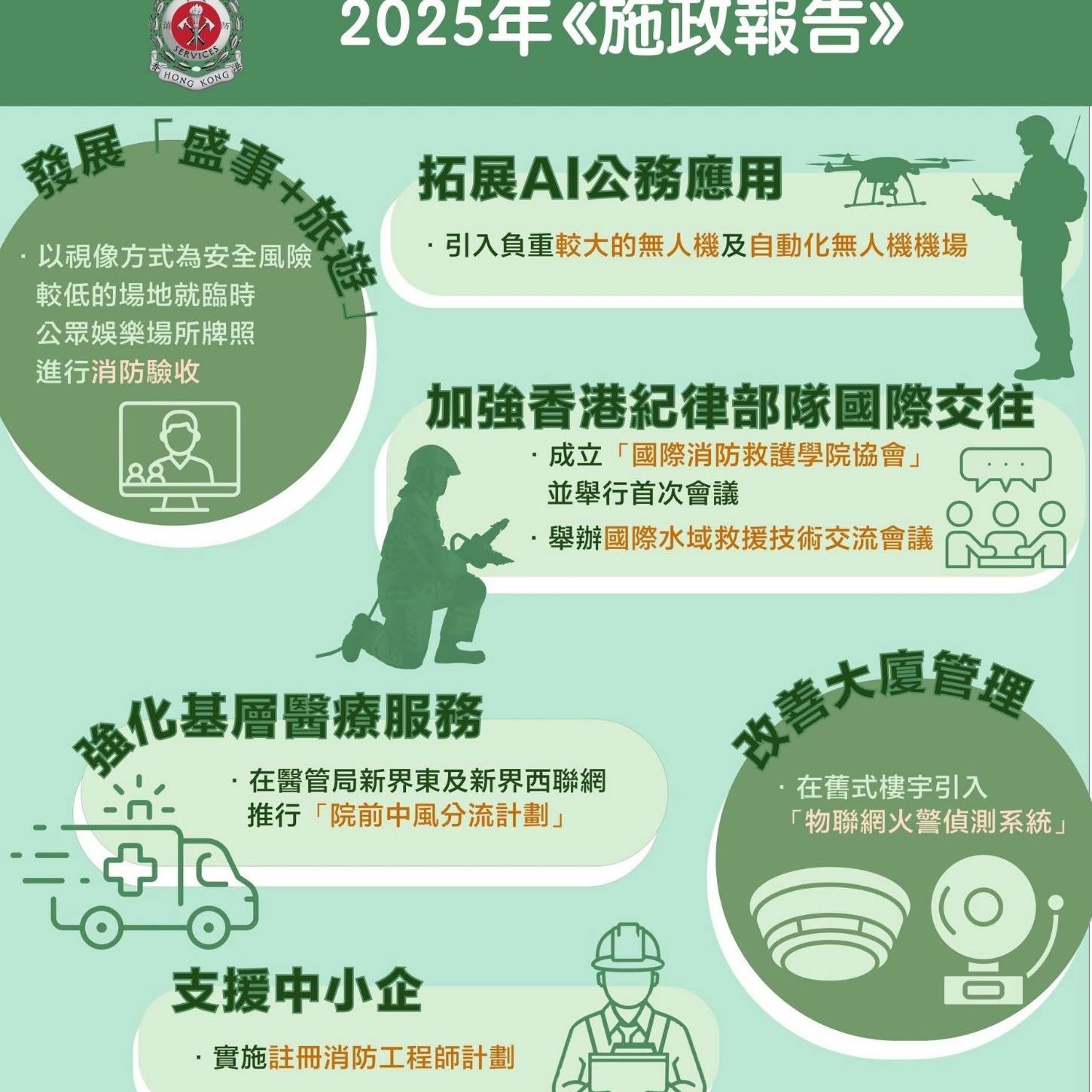The 3rd Issue of Quarterly Review on the Costs of Upgrading Work of Fire Service Installation for Commercial Building

Background
The Fire Safety (Commercial Premises) Ordinance (Cap. 502) kicked off a 10 years Fire Safety upgrading program for 1,400 commercial buildings in 1998. The owners of commercial premises affected are required to upgrade the fire safety systems of their commercial premises to current standards, the details are available at Hong Kong Fire Service Department website (http://www.info.gov.hk/hkfsd/english/useful/efso.htm)
FSICA undertook to collect information on various types of costs of fire service installations related to the Fire Safety upgrading program, through sampling surveys covering their members, which are active in upgrading work of fire service installations.
Objectives of this document
We hope the information provided in this document helps the owners of commercial buildings to assess and evaluate the commercial aspects of their fire safety upgrading projects.
It should be noted that the information on the costs of various types of upgrading work of fire service installation available are time dependent as the costs may be affected by the supply and demand of labour and material, inflation or deflation due to the changes on economic, the implementations of any new rules and regulations, these cost information will be required to be updated continually.
Introduction
This is the 3rd issue of Quarterly Review on the Costs of Upgrading Work of Fire Service Installation since June 2001.
The 1st issue was issued in June 2001, and the 2nd issue was issued in September 2001. In this edition, The Association of Registered Fire Service Installation Contractors of Hong Kong Limited (FSICA) has included 4 more scenarios. Including 16 design scenarios covered by the 2nd issue, there are total 20 scenarios covered by this edition.
These 4 new design scenarios are as following:
| 1. | Senior 4a1 – 10 storey buildings floor area of about 100m2 with new 9,000 litres FS tank and double layer sprinklers |
| 2. | Senior 4b1 – 10 storey buildings floor area of about 100m2 with new 9,000 litres FS tank and single layer sprinklers |
| 3. | Senior 5a1 – 10 storey buildings floor area of about 150m2 with new 9,000 litres FS tank and double layer sprinklers |
| 4. | Senior 5b1 – 10 storey buildings floor area of about 150m2 with new 9,000 litres FS tank and single layer sprinklers |
The recommended checking method
There are numerous methods for assessing cost estimation [1]; the information available determines which type of method is appropriate. As the public only requires a tool to produce elemental check on their budgets, it is recommended that Parameter Estimating will be used evaluating the costs of various types of upgrading work of fire service installation.
Parameter Estimating (PE) – It is one of the most popular formats for evaluating the costs of a project. Costs are estimated based on square meter costs of a type of upgrading work.
Eight scenarios based on different floor area and different source of water supply are developed. 2 models are developed for scenario 1 to 8 except scenario 4 & scenario 5 which include 4 models for each scenario. Model “a” assumes that the building will be equipped with double layer sprinkler for false ceiling and model “b” assumes that the building will be equipped with single layer sprinkler
A summary of 20 scenarios are shown as follows:
| Scenario | No. of Storey | Area in m2 | Model no. | Nos. of sprinkler | Source of water supply |
| 1 | 4 | 80 | 1a 1b |
64 32 |
Town main |
| 2 | 6 | 80 | 2a 2b |
96 48 |
9,000 L new FS tank |
| 3 | 6 | 120 | 3a 3b |
144 72 |
9,000 L new FS tank |
| 4 | 10 | 100 | 4a 4b |
200 100 |
9,000 L existing FS tank |
| 4 | 10 | 100 | 4a1 4b1 |
200 100 |
9,000 L new FS tank |
| 5 | 10 | 150 | 5a 5b |
3004 150 |
9,000 L existing FS tank |
| 5 | 10 | 150 | 5a1 5b1 |
300 150 |
9,000 L new FS tank |
| 6 | 15 | 230 | 6a 6b |
690 345 |
9,000 L existing FS tank |
| 7 | 20 | 230 | 7a 7b |
920 460 |
9,000 L existing FS tank |
| 8 | 20 | 460 | 8a 8b |
1840 920 |
9,000 L existing FS tank |
Table 1. Assumptions on 20 design scenarios
Analysis with respect to floor area
Out of a total of 20 Scenarios, it is understood that the 4 new design scenarios namely Scenario 4a1, 4b1, 5a1 and 5b1 are considered as exceptional cases as old commercial buildings up to 10 storey should have been equipped with FS tank according to Codes of Practice. Therefore, these 4 scenarios are not included in the “Analysis with respect to floor area” shown in Fig.1.
The other 16 scenarios are calculated based on the cost data collected by FSICA in June 2001 with correction factors based on the cost review in September 2001 and the changes on the assumptions of design as shown in Table 1.
According to the total cost of the above 16 scenarios, Parameter Estimating method [2] which is in fact “Analysis with respect to floor area” is developed. This analysis presents unit costs of upgrading work of fire service installation of buildings per square meter (UC/SQ.M) of these 16 scenarios, the unit costs are calculated as follows:
UC/SQ.M = Total costs of upgrading work of fire service installation of a building divided by the total floor area.
It is noted that the UC/SQ.M of small buildings which total floor area are ranging from are 320 sq. m to 720 sq. m are much higher that medium size buildings which total floor area ranging from 1,000 sq. m to 3,450 sq. m and the more larger buildings which total floor area ranging from 4,600 sq. m to 9,200 sq. m.
The UC/SQ.M of these 16 scenarios are plotted as a continuous line curve shown as Fig.1 “Unit Rates Analysis with respect to Floor Area” in order to identify the possible relationships between total costs of upgrading works and total floor area of a building.
A second continuous line curve based on the published data of unit costs of fire service installation work is also plotted in Fig. 1. These published data are extracted from the Schedule of Rates for Fire Service Installation for Public Works (SOR), as the unit rates shown in SOR are mainly for large volume maintenance work; therefore, correction factors, which are multiples ranging from 1.5 to 2.1, have been applied to these unit rates when they are applied in plotting the second continuous line curve “Unit rate per sq.m (SOR) for upgrading work projects.
Fig.1 also incorporates a provision for the future inputs on “Actual Costs”. The provision is shown in Fig. 1 as “Unit rate per sq.m (Actual). It is recommended that when more data on Fire Safety upgrading projects are available, the unit costs of fire service installation per sq. m. shall be input as “Actual Costs” to facilitate the comparison between Index Prices and “Actual Costs” This analysis shall provide valuable data for future studies on other similar types of upgrading works to be carried in Hong Kong and may be in other parts of the world in future.

Fig. 1 “Unit Rates Analysis with respect to Floor Area”
Issued in Nov 2001 (with revision in March 2002)
By: Peter O K Lam, Wicky W K Lo, and WS Lee
The Association of
Registered Fire Service Installation
Contractors of Hong Kong Limited
References
[1] Hira N. Ahuja; S.P. Dozzi & S.M. Abourizk “Techniques in planning and controlling construction projects” Wiley, New York 1994, page 194 – 199 [2] Hira N. Ahuja; S.P. Dozzi & S.M. Abourizk “Techniques in planning and controlling construction projects” Wiley, New York 1994, page 200 – in which the author points out that public authorities increase the use of Parameter Estimating Method for checking the Cost Estimates.


